
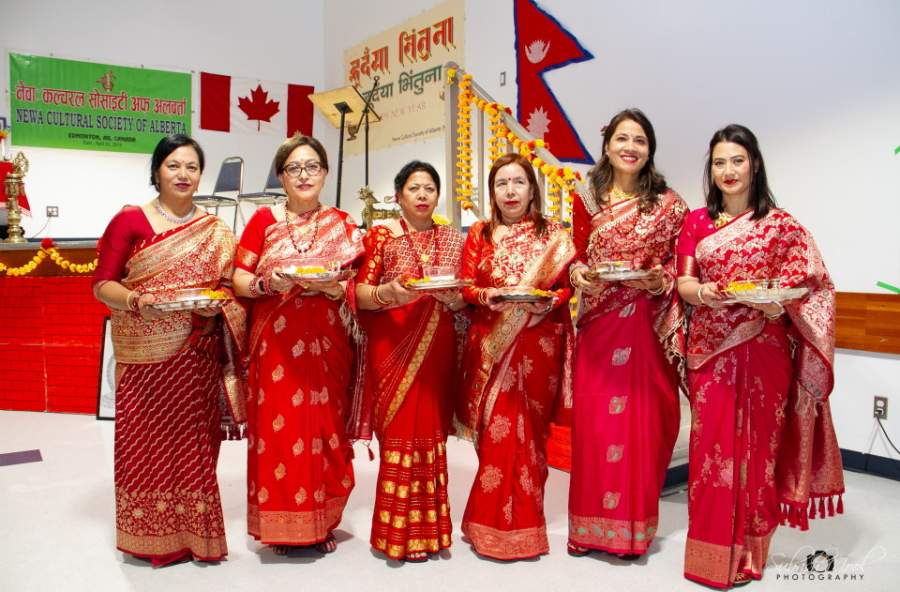
The Nepalese community in Edmonton and surrounding areas observed Mha Puja (The Worship of Body Persona) and New Year (Nepal Era 1145) amidst a special cultural event at Duggan Community Hall in Edmonton, Canada on Saturday November 2, 2024. The cultural event was hosted by the Newa Cultural Society of Alberta (NCSA), a local Nepalese organization established under the Societies Act of Government of Alberta to practice, promote and preserve Newa culture and traditions in Edmonton, Canada. Altogether, 134 people including children from different ethnic background, color and faith participated in the cultural event.
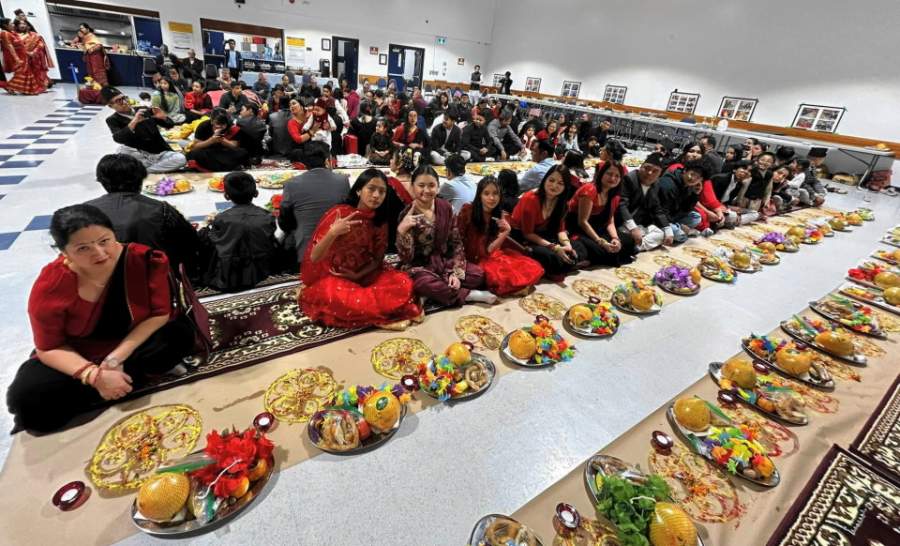
The cultural event was jointly inaugurated by Dr. Hemanta Joshi, President of NCSA, and Mr. Tri Prasad Dhoubhadel, Vice President of NCSA, by lighting up Twadewas, traditional Nepalese artistic oil lamps. Dr. Joshi also paid respect to late Sankhadhar Sakhwal, the founding father of Nepal Era calendar, by offering a garland on his portrait.
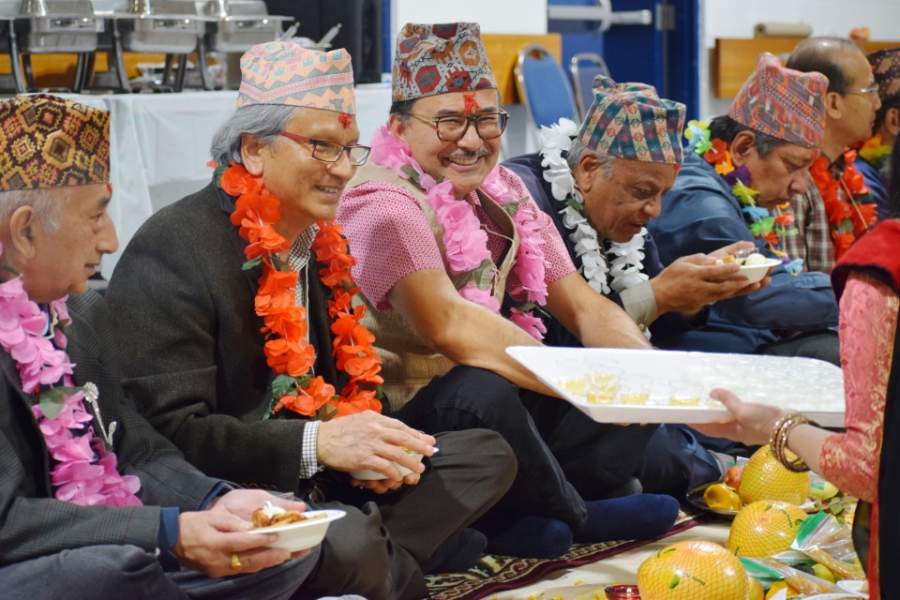
In the inaugural ceremony, Dr. Hemanta Joshi, President of NCSA, extended his Mha Puja and New Year (Nepal Era 1145) greetings to all the participants. In his welcome speech, Dr. Joshi briefly highlighted on the significance of Mha Puja and Nepal Era calendar. According to Dr. Joshi, Mha Puja is an ancient Newa ritual to purify and empower the soul inside human body for peaceful and meaningful living through the year. Each year, Newa people perform Mha Puja in the family drawing Mandalas (representation of inner soul) in the floor for each member. Mha Puja is unique to Newa people. However, Mha Puja can be performed by people of any background, color and faith. According to Dr. Joshi, Shankhadhar Sakhwal, a local businessman, cleared the debts of all the people in the kingdom of Nepal in AD 879. To honour his philanthropic work, the then king Ragab Dev of Bhaktapur, commenced a Nepal Era calendar in the very auspicious day of Mha Puja. According to Dr. Joshi, Nepal Era is a unique calendar and it is the only calendar in the world named after the country. Each year, Newa people in Nepal and around the globe observe Mha Puja and New Year with great enthusiasm, joy and pride.
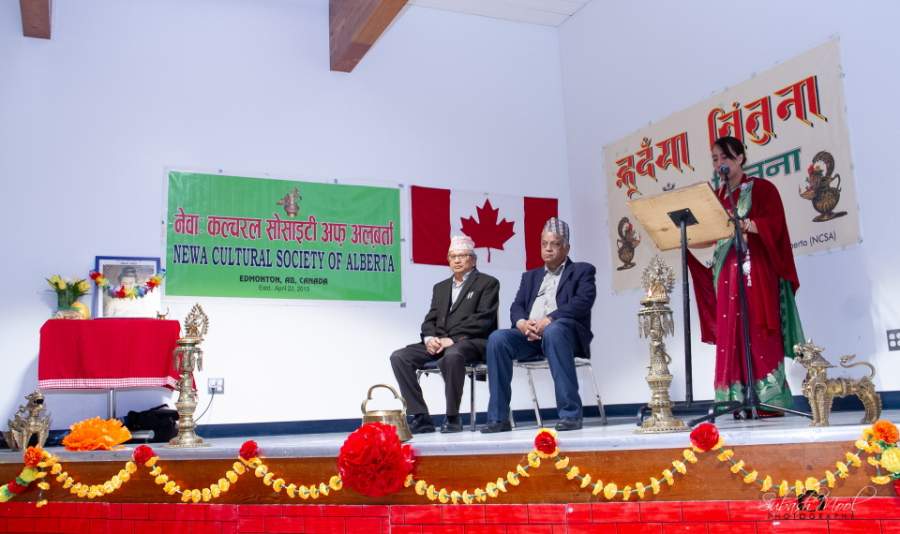
After the inaugural session, the Mha Puja ceremony took place in a traditional way. All the participants sat cross-legged in front of their colorful Mandalas. A group of Thankalinakins (senior ladies) from the community facilitated the Mha Puja ceremony. They offered Dhau Shinah [a dab of colored paste made from yogurt, whole grain rice and vermillion powder] to all the participants on their forehead. All the participants worshiped their body or soul by offering flower, whole rice grains, puffed rice, and vermillion powder on their Mandalas. As part of the ritual, all the participants received an auspicious tray containing garlands, Kokha (sacred threads to wear around the neck to protect from evil spirit), seasonal fruits, ethnic sweets, Masala Po (a package of dry nuts, spices and candies), Khosin (whole walnuts), and Syangli (whole filbert nuts) from the Thakalinakin as blessing for fruitful and resourceful life. A burning tealight [substitute for Khelu Ita (wicked oil lamp)] as a symbol of brightness was also handed to the participants to perform the Mha Puja.
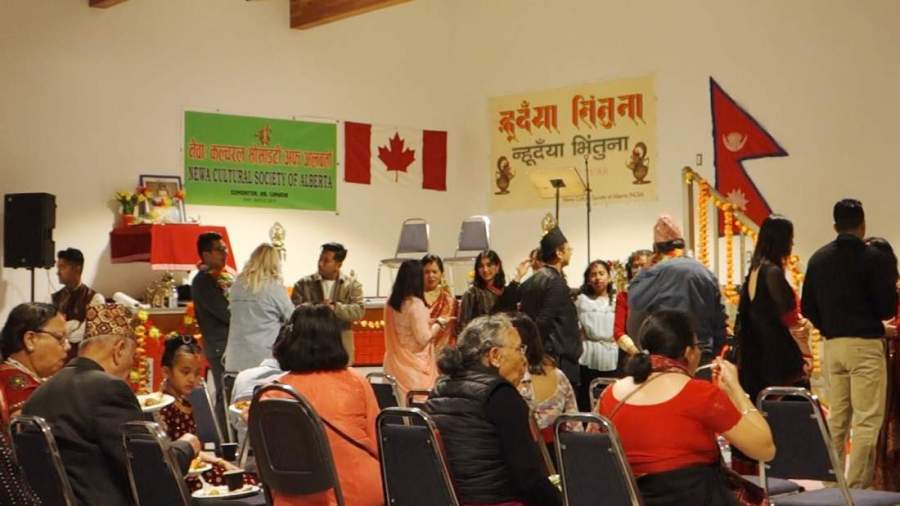
During the Mha Puja ceremony, all the participants received auspicious Khen Sagan [a ritual food comprised of five key elements of the universe: deep-fried egg representing sky, Woo (deep fried pancake made from black lentil) representing air, Nya (small fried whole fish) representing water, Laa (steamed and fried pieces of meat) representing earth, and Aela (liquor)/Khaye (liquid made from yogurt) representing fire] from the Thakalinakin as blessings for good luck, bright future and prosperity through the New Year (Nepal Era 1145). The Mha Puja ceremony was concluded dragging a Tufi (broom) over the Mandalas by the helper to the Thakalinakin.
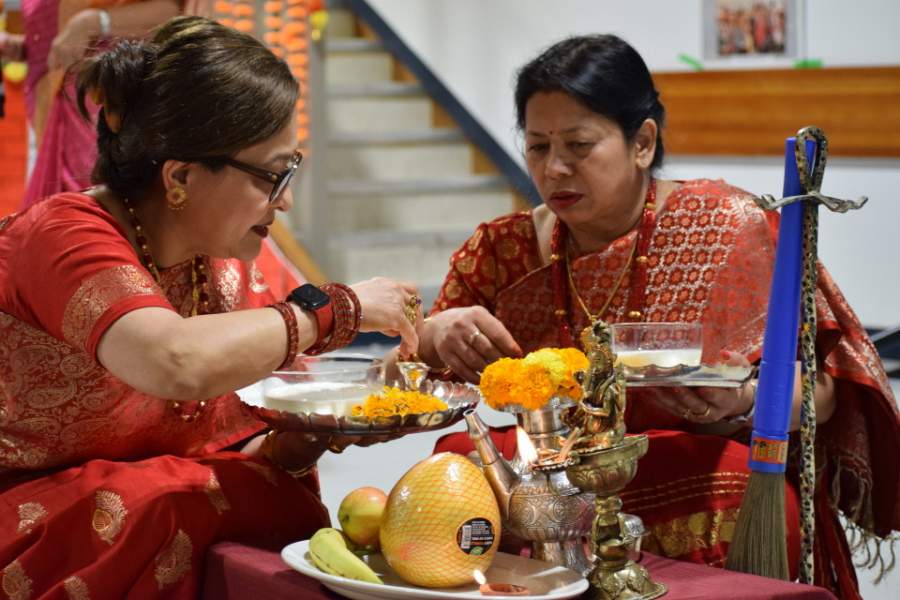
After the Mha Puja ceremony, participants were entertained with live ethnic songs, dances and Sarangi Dhoons by the local artists (Mr. Prabin Shrestha, Mrs. Rupa Shrestha Nyachhyon, Mr. Naveen Ranjit, Mrs. Usha Maharjan, Dr. Suresh Pradhan, and Dr. Deepesh Shrestha). During the cultural program, cultural quizzes related to Mha Puja and Nepal Era calendar were conducted to raise cultural awareness among the participants. In the cultural event, photos depicting Newa culture and past community Mha Puja and New Year celebrations of NCSA were also exhibited. An ethnic dinner was also served to all the participants in the cultural event. Mrs. Anisha Pradhan Joshi was the Master of Ceremony in the cultural event.
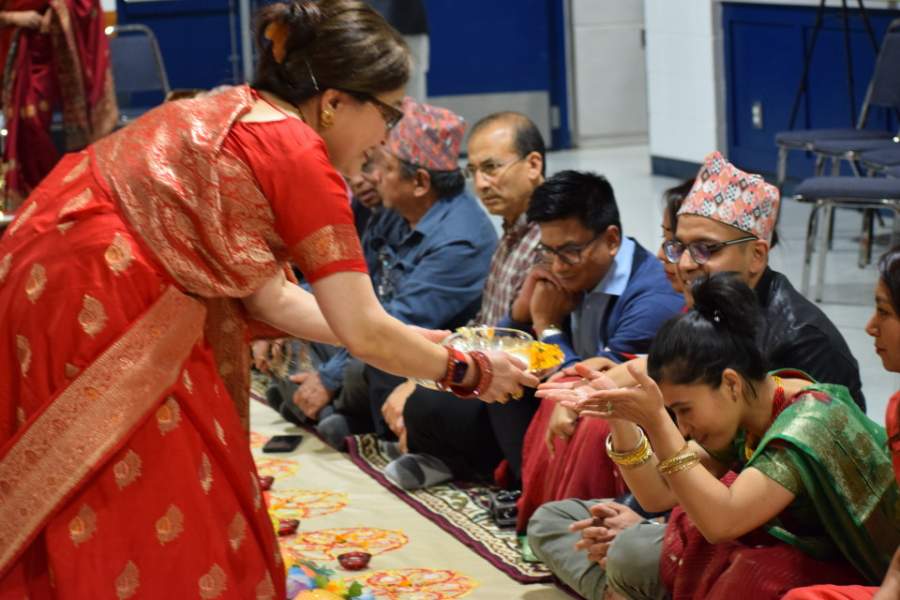
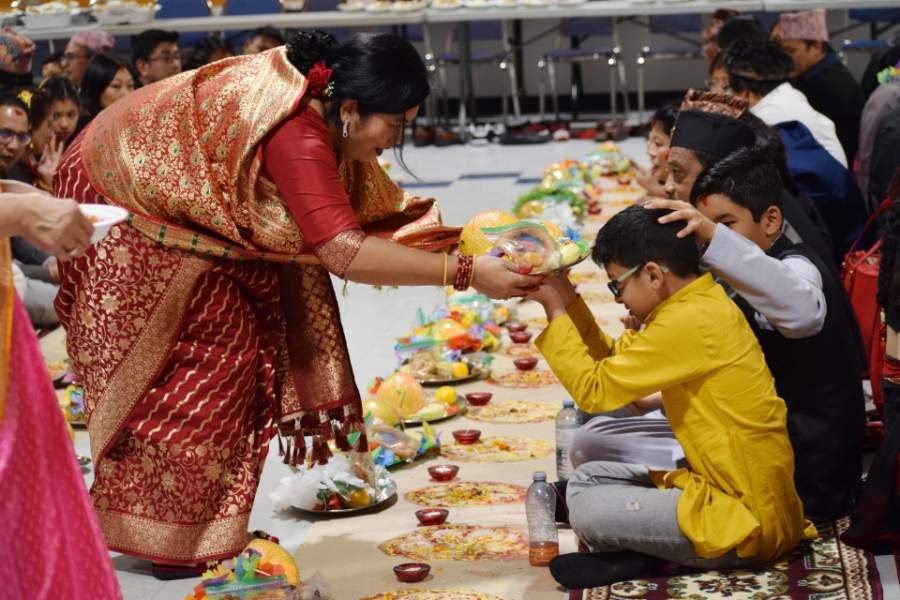
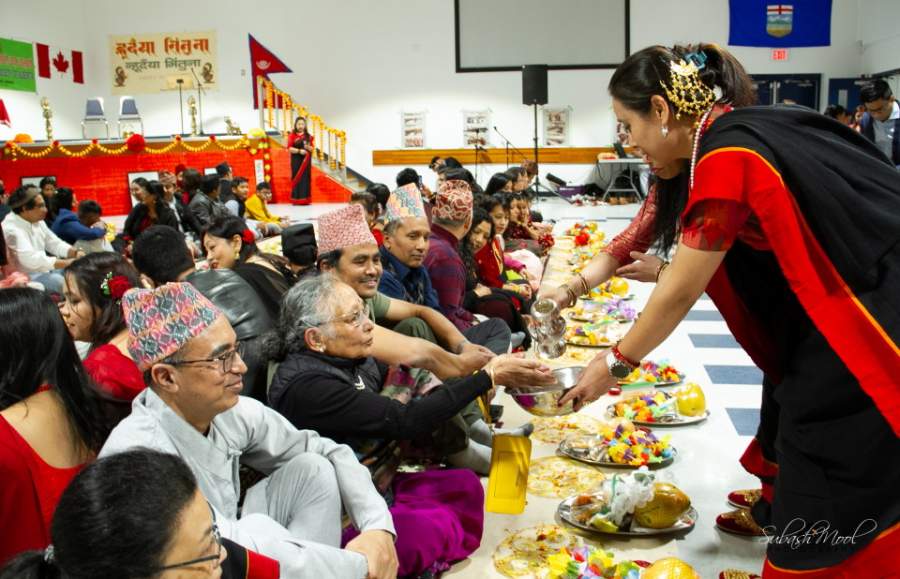
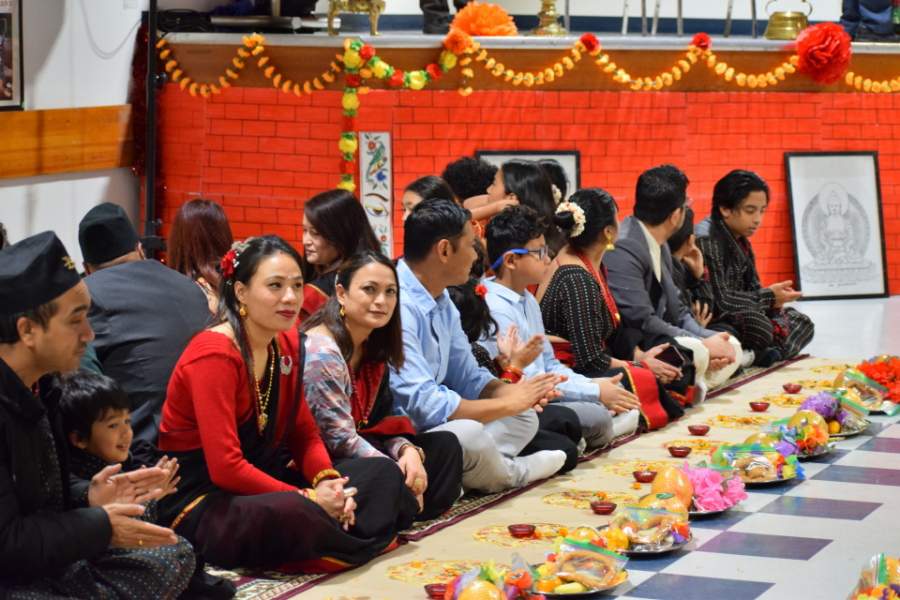
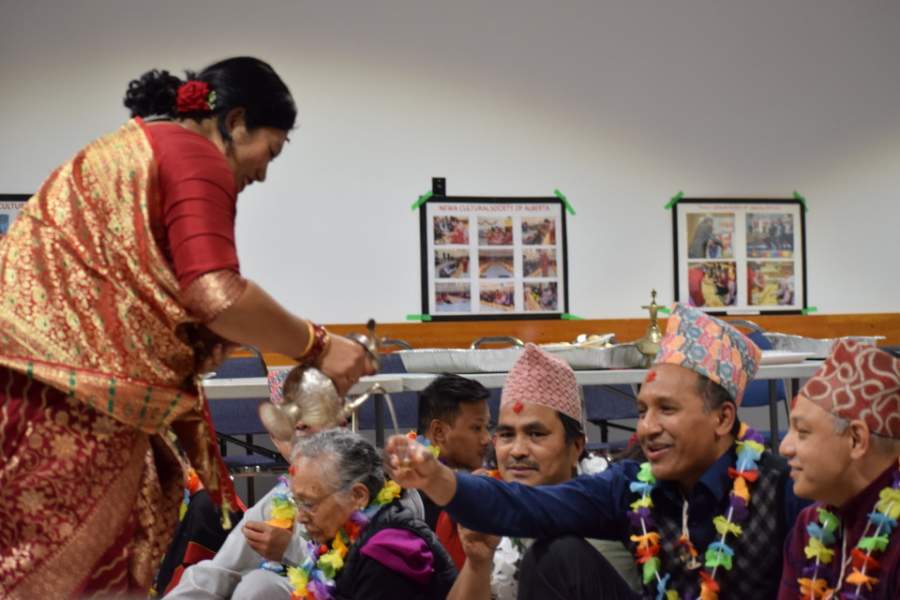
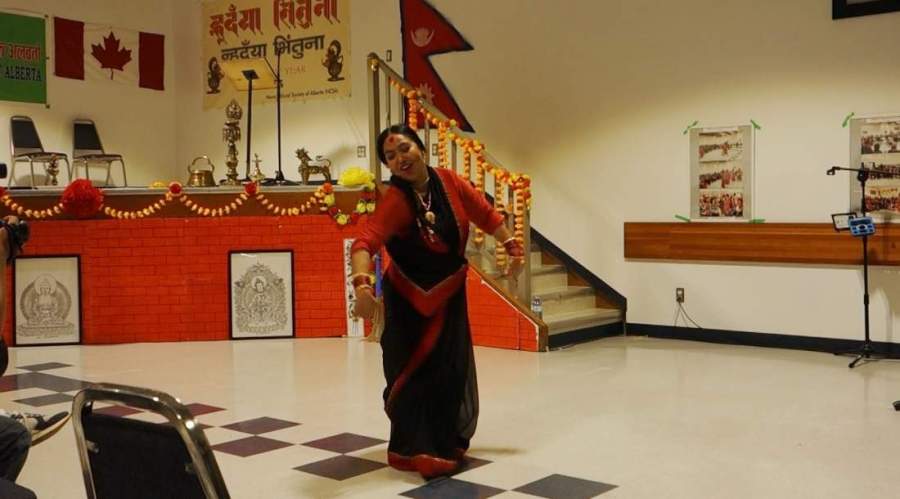
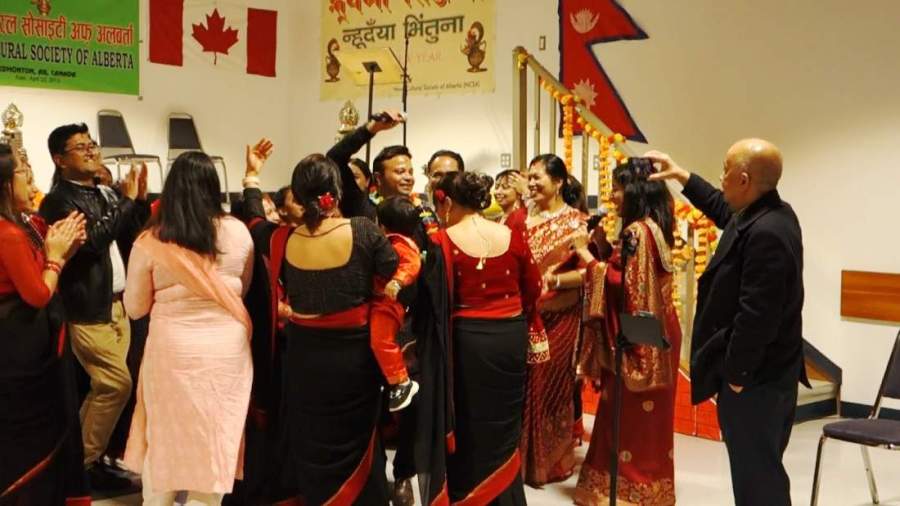
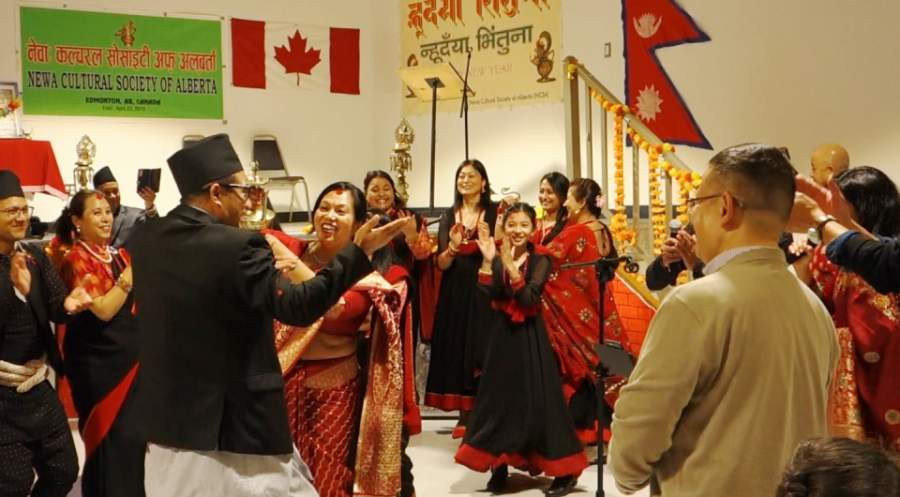
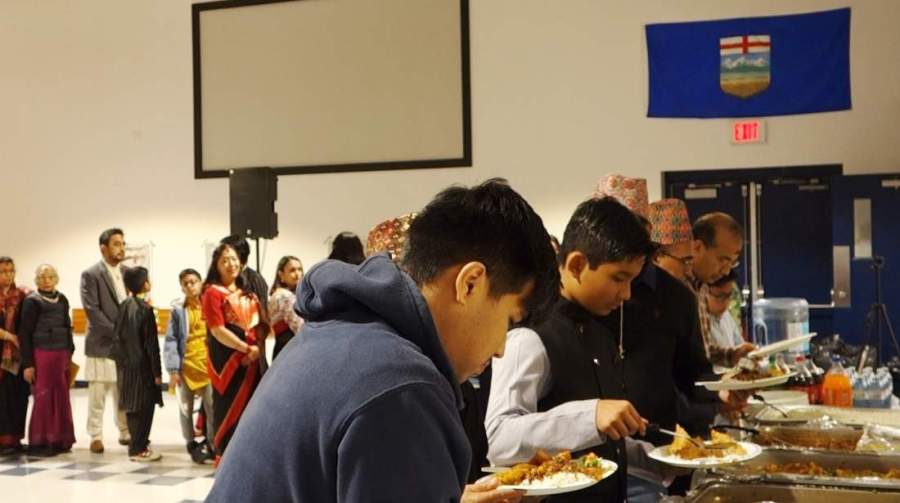
Comment